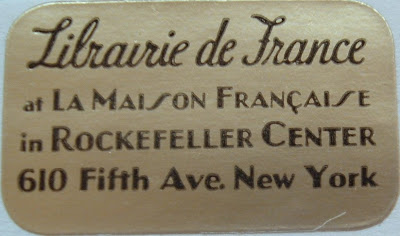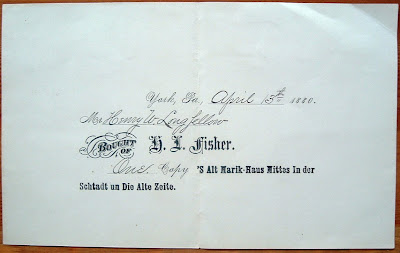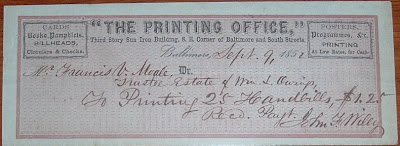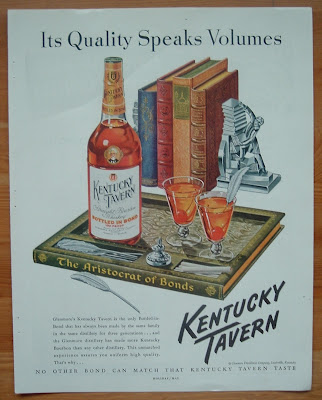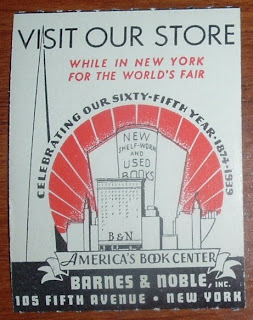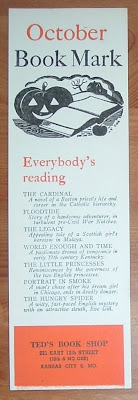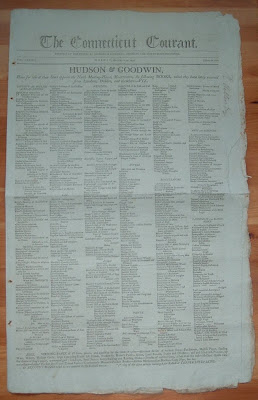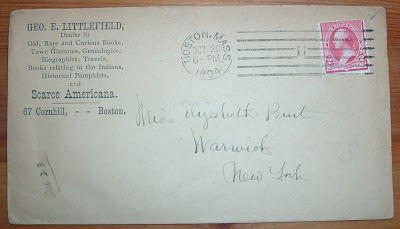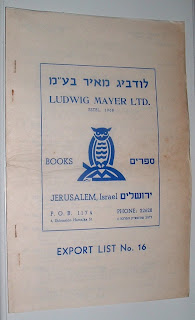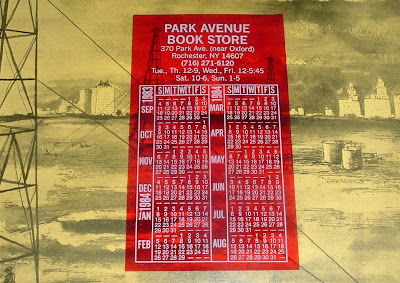Happy New Year (Really)!
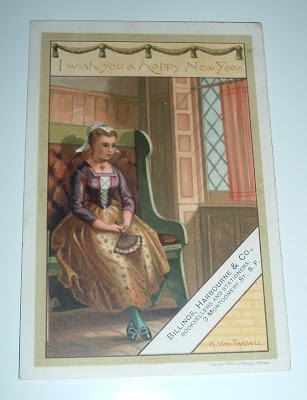
I don't know what the booksellers Billings, Harbourne & Co of San Francisco had in mind back in 1883 when they issued this solemn New Year's greeting. Could they have found a more unhappy looking figure to represent their wishes for a Happy New Year? The reverse side offers a poem, which may help explain the forlorn look on the young woman's face. Apparently she is separated from her loved one and his words express a longing to see her on New Year's Day. K. Van Tassell is credited as the artist, but I can't find anything about an artist with this name. L. Prang & Co. of Boston is the publisher of this card in 1883, and there is a lot of information available about this prolific chromolithographer. A German immigrant to Boston circa 1850, Louis Prang became a popular printer of collectible trade cards. The Philadelphia Print Shop offers prints of Prang's work as well as a brief biography of his life. At this site, I learned that Prang, as his business
.jpg)


